
From Bring a Trailer to Bring a Charger

The 1969 Dodge Charger is renowned as THE muscle car, not only in the American market but worldwide. It wasn’t just a car; it was a movie star, famously featured in ‘Bullitt,’ where Steve McQueen’s epic car chase through San Francisco became a legendary Hollywood moment. And who could forget ‘The Dukes of Hazzard’? That orange ’69 Charger with its iconic Dixie horn, known as the General Lee, jumping over anything and everything, became an indelible part of American pop culture. Fast forward 55 years, and things have changed—a lot.
How has the design evolved?
Talking about the Charger that doesn’t need a ‘charger’ (Sorry), the car is peak muscle car design. With its long, low, and wide stance with aggressive lines that scream power and neatly hidden headlights, the 1969 Charger is definitely a looker, even by today’s standards.
Advertisement. Scroll To Keep Reading.
The 2025 Charger Daytona EV, on the other hand, is your typical modern car with sleek styling and modern design elements such as big wheels, LED lights all around, and all that stuff you’d honestly find on any contemporary car. However, the car retains some of the design elements from its predecessors. First and foremost, the Charger has made a comeback in its 2-door sports coupe styling since the introduction of the 4-door sedan in 2006. The new EV is available in both sedan and 2-door variants. The new Daytona EV is almost similar in length to the ’69 Charger.
What’s under the hood….or frunk?
The 1969 Dodge Charger offered a lineup of roaring engines, from the modest 225 cubic inch Inline-6 to the legendary 426 HEMI V8 with a hefty 425 horsepower. Weighing in at about 3,100 pounds, this car was all about raw, unfiltered power.
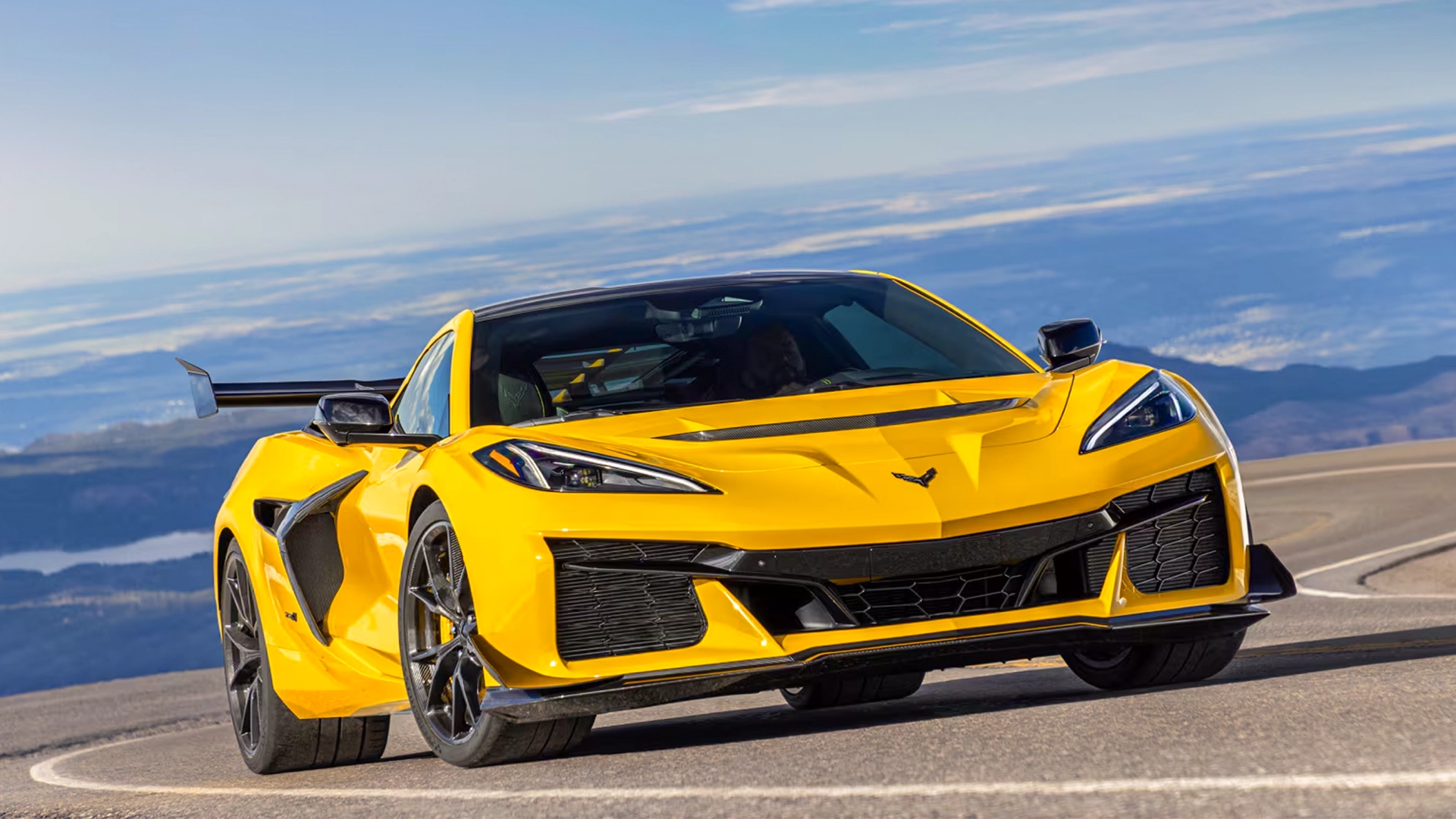 Must Read The 2025 C8 Corvette ZR1 is the Fastest American Car on the Market Right Now
Must Read The 2025 C8 Corvette ZR1 is the Fastest American Car on the Market Right Now
Fast forward to the sleek 2025 Charger Daytona EV, and that V8 grunt is now replaced by whisper-quiet dual electric motors, cranking out a combined 670 horsepower with the Power Shot boost. You’d think with that ancient all-metal body and all-metal bumpers, the ’69 Charger would be a pig on wheels—WRONG! The 2025 Charger, with its battery packs, weighs a whopping 1,300 lbs more than the ’69 Charger. Yes, the new Charger EV weighs approximately 4,500 lbs—that’s the same as a Kia EV9, a car that can haul nearly an entire soccer team. This added weight gives it a different driving feel, impacting handling but delivering instant torque that catapults you from 0 to 60 mph in a blistering 3.3 seconds. And while the ’69 Charger’s growl could wake the dead, the EV’s silent acceleration brings its own brand of thrills. Still, we’d prefer that legendary engine symphony over the silence.
It’s what on the inside that matters…right?
Coming to the interior, the ’69 Charger is bone RAW. We’re talking early 70’s raw. It was pure muscle. Bench seats, a straightforward dash, and minimalistic gauges—that’s what makes it appealing to enthusiasts and the muscle car community because it was all about the best part, driving.
Advertisement. Scroll To Keep Reading.
Moving to the interior of the 2025 Daytona EV, the car is loaded with creature comforts and top-notch tech, just as you’d expect a modern car to be. For example, The new Charger features dual digital screens for an intuitive control interface and detailed vehicle info. The standard model has a 10.3-inch digital gauge cluster, while the Scat Pack trim boasts a 16.0-inch unit. Other high-tech features include Augmented Reality Heads-Up Display and Adaptive Cruise Control.
Comparing the price tag: 1969 Charger vs. 2025 Charger Daytona EV

Talking price, back in ’69, you could snag a brand-new Dodge Charger for about $3,500. Jump to today, and the new Charger Daytona EV starts at around $60,000. Adjusted for inflation, that classic muscle car would cost roughly $29,000 today. While prices have jumped, the newer car does come loaded with modern tech and safety features. Are these features worth the sky-high prices we see on modern cars? Maybe, but we all know, more tech means more niggles. Safety features on the other hand are nice to have.
Advertisement. Scroll To Keep Reading.
Another interesting tidbit: a well-maintained and professionally restored 1969 Charger with a 426 can fetch between $80,000 to $100,000 in the classic car market—insane, right? Not sure if the EV will hold that value after 5, let alone 55 years, considering the obvious concerns about EV battery longevity and the already steep depreciation in the EV landscape.
Revival of an Iconic Nameplate With the Modern Touch

Let’s be honest, comparing the 1969 Dodge Charger to the 2025 Charger Daytona EV is pitting raw muscle against futuristic tech. The ’69 Charger symbolizes unfiltered power, pure driving pleasure, and is an iconic symbol of American culture, embodying the raw spirit of the ’70s muscle car era. Meanwhile, the 2025 Dodge Charger Daytona EV showcases the technological advancements of the past decade and symbolizes the inevitable transition. Inside, luxury and tech reign with advanced features that make every drive a smooth experience. While the EV has some impressive tricks up its sleeves, the nostalgic V8 growl and cultural significance of the ’69 Charger are irreplaceable.
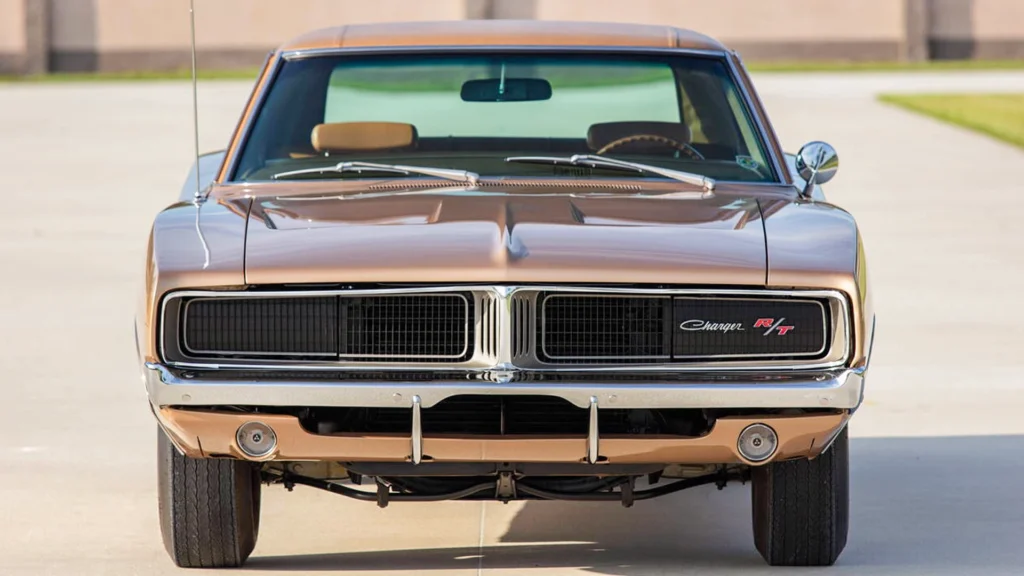









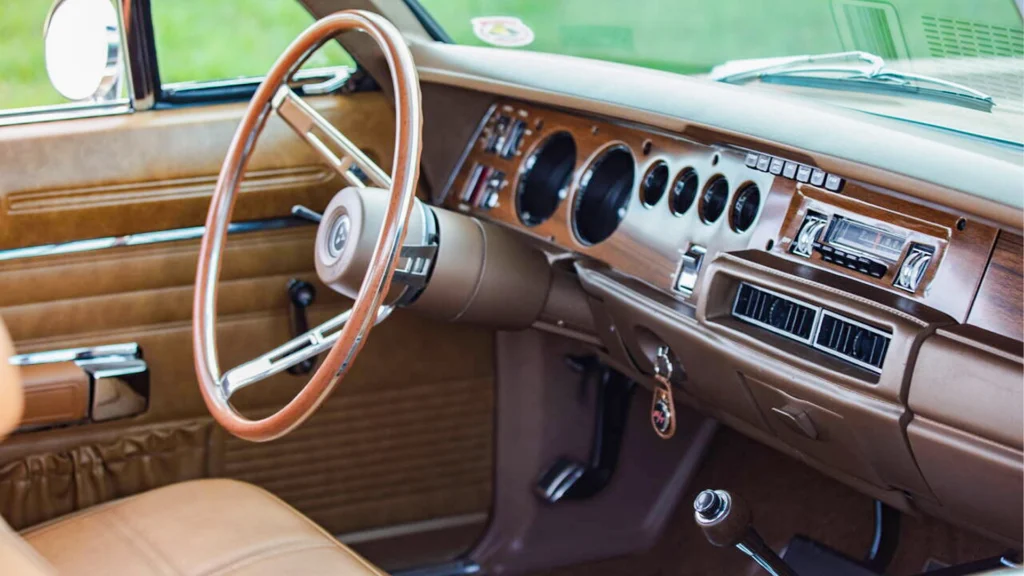
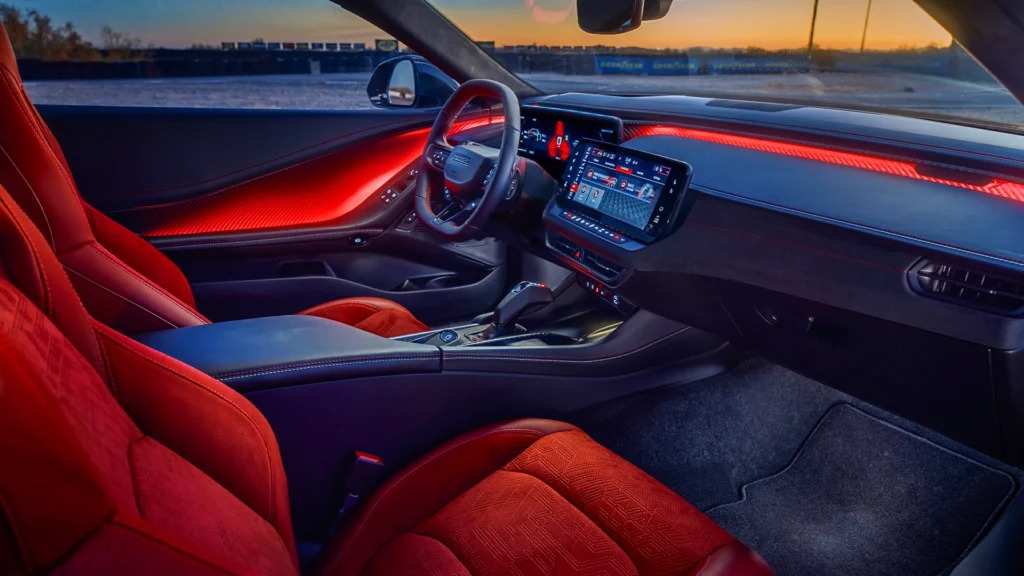


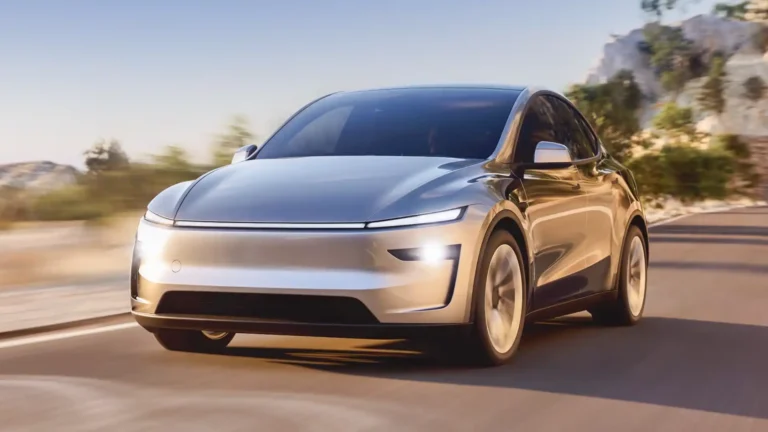
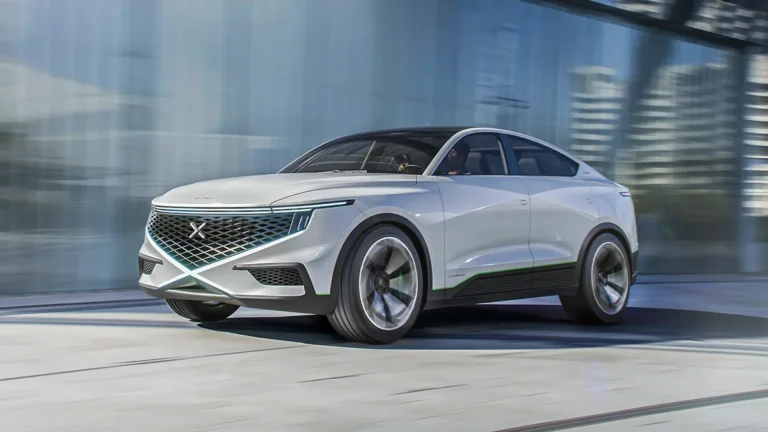
1 thought on “1969 Dodge Charger vs. 2025 Charger Daytona EV: Cars Have Changed”
Comments are closed.